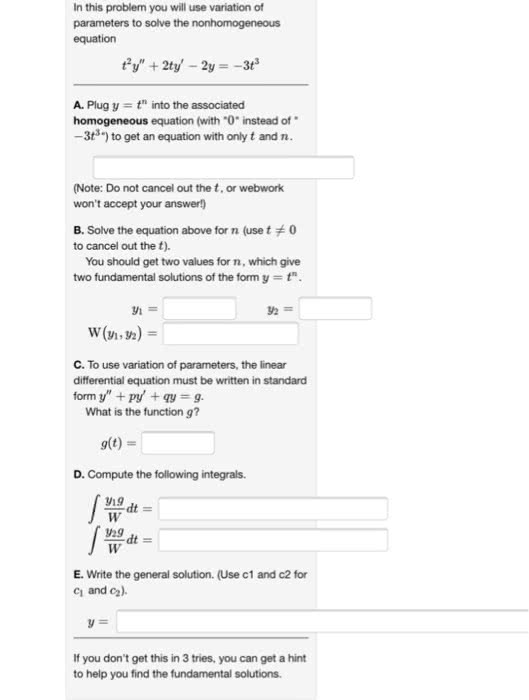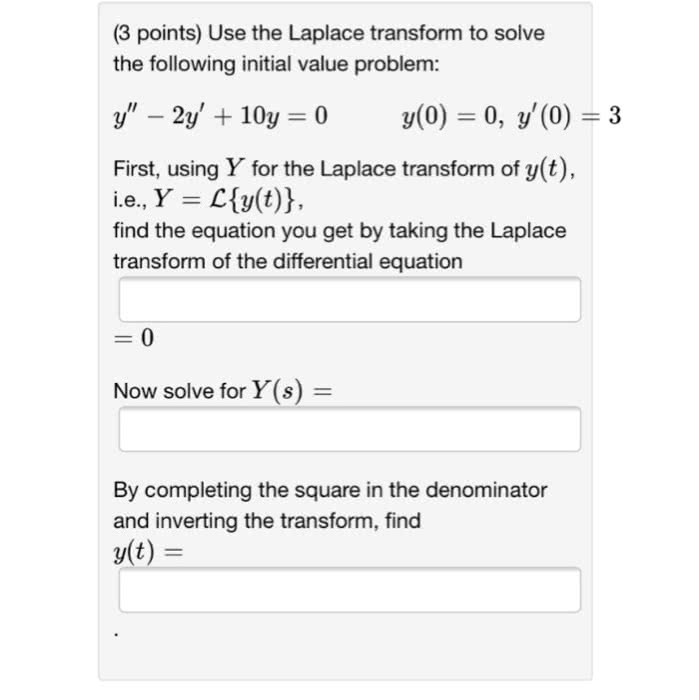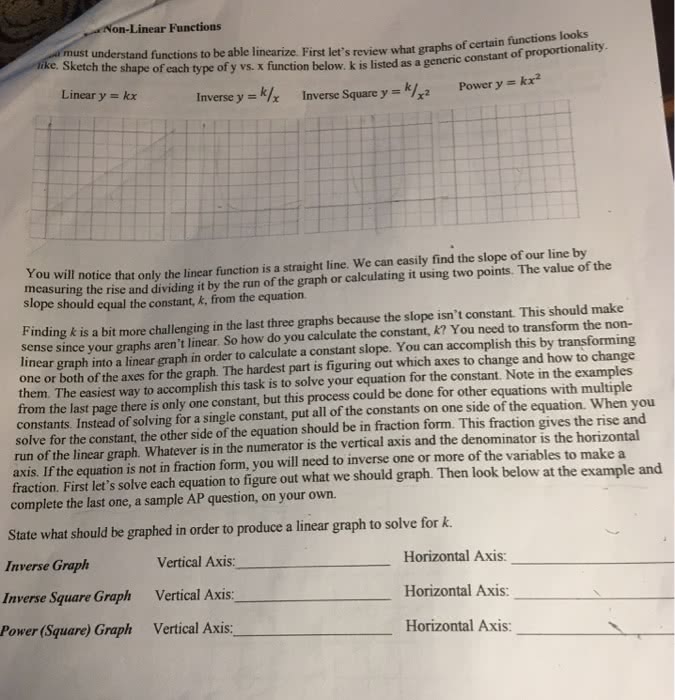MATH 1021 Chapter : Section 1 1
Document Summary
An equation is a statement in which two expressions are equal. To solve an equation means to find all values of the variable that satisfy the equation (make it a true statement). To solve an equation you use properties (add, subtract, multiply or divide both sides by the same non-zero number) to get the variable on one side of the equation. A linear equation is an equation of degree 1 (highest power of the exponent is 1) and is of the form ax + b = c, where a, b, and c are real numbers and a 0. A rational equation is an equation which contains the quotient of two polynomial expressions in which the denominator has a variable (non-constant term). ******when solving a rational equation, you must check your answer(s) to make sure the answer you get does not make the denominator zero (which is undefined). An extraneous solution is a solution that does not satisfy the original equation.






